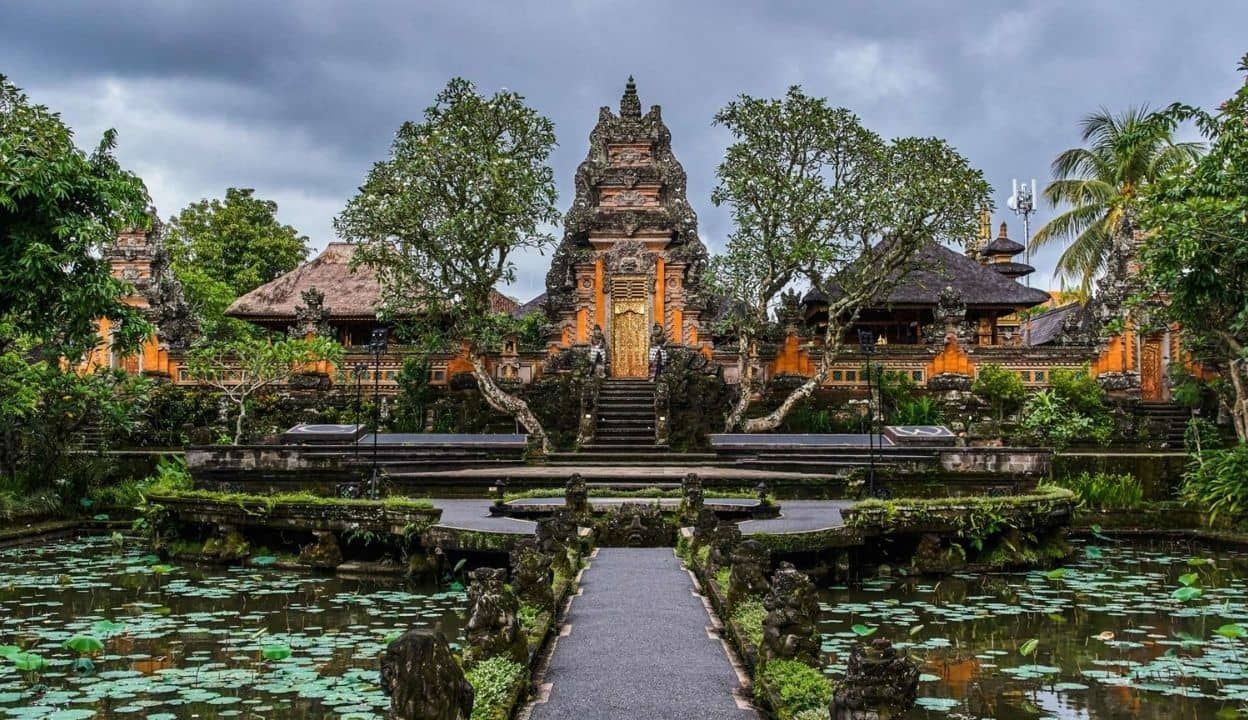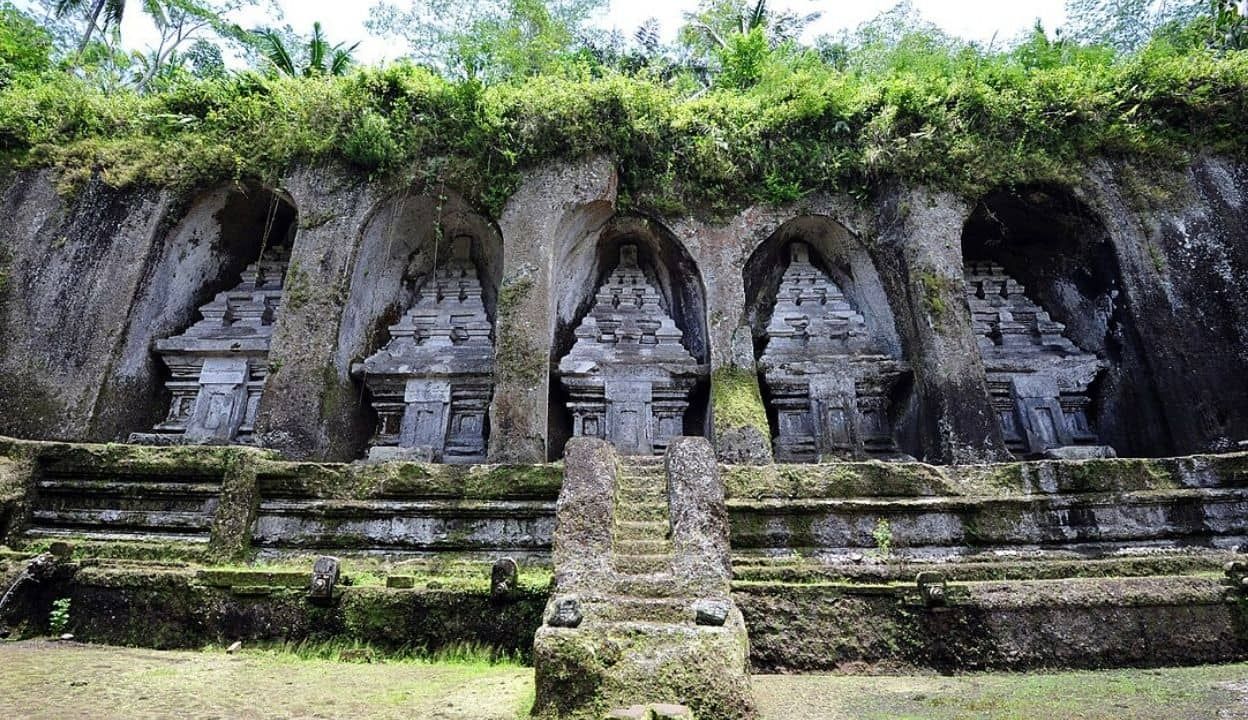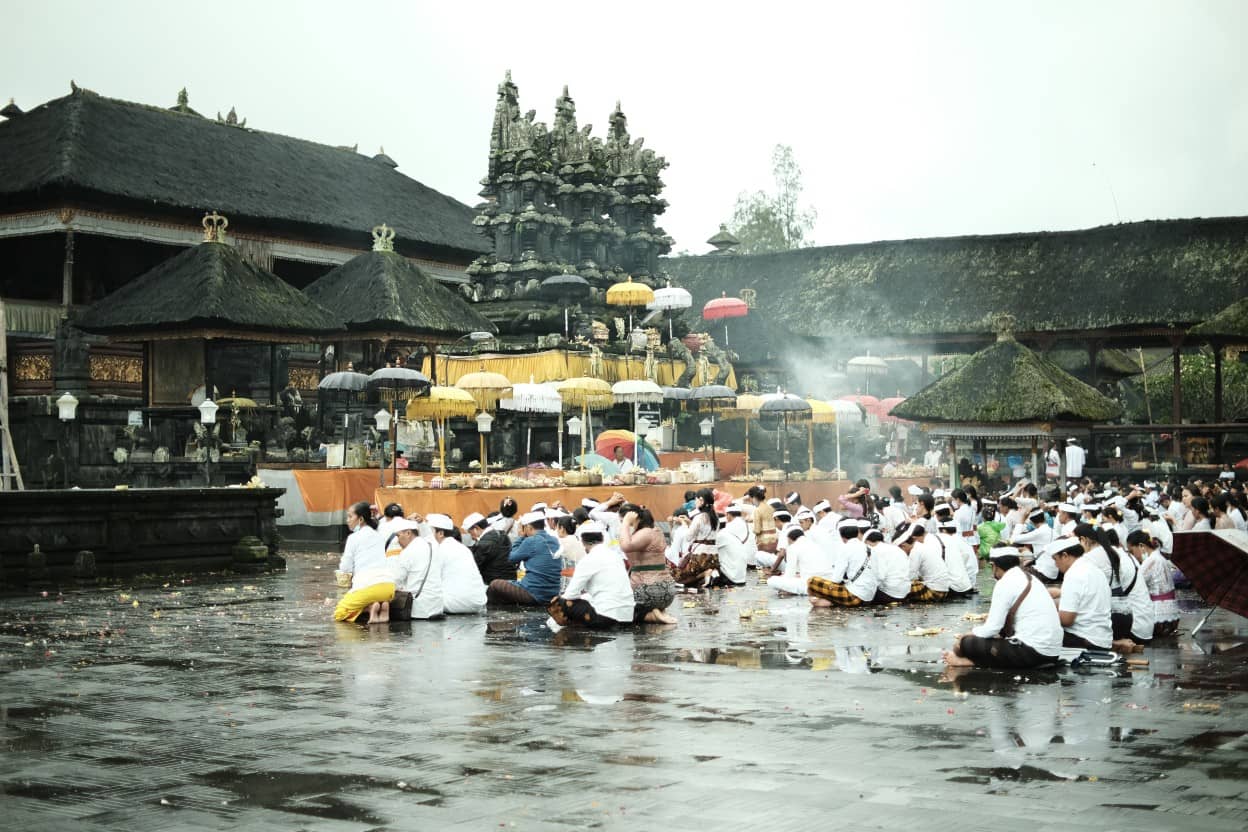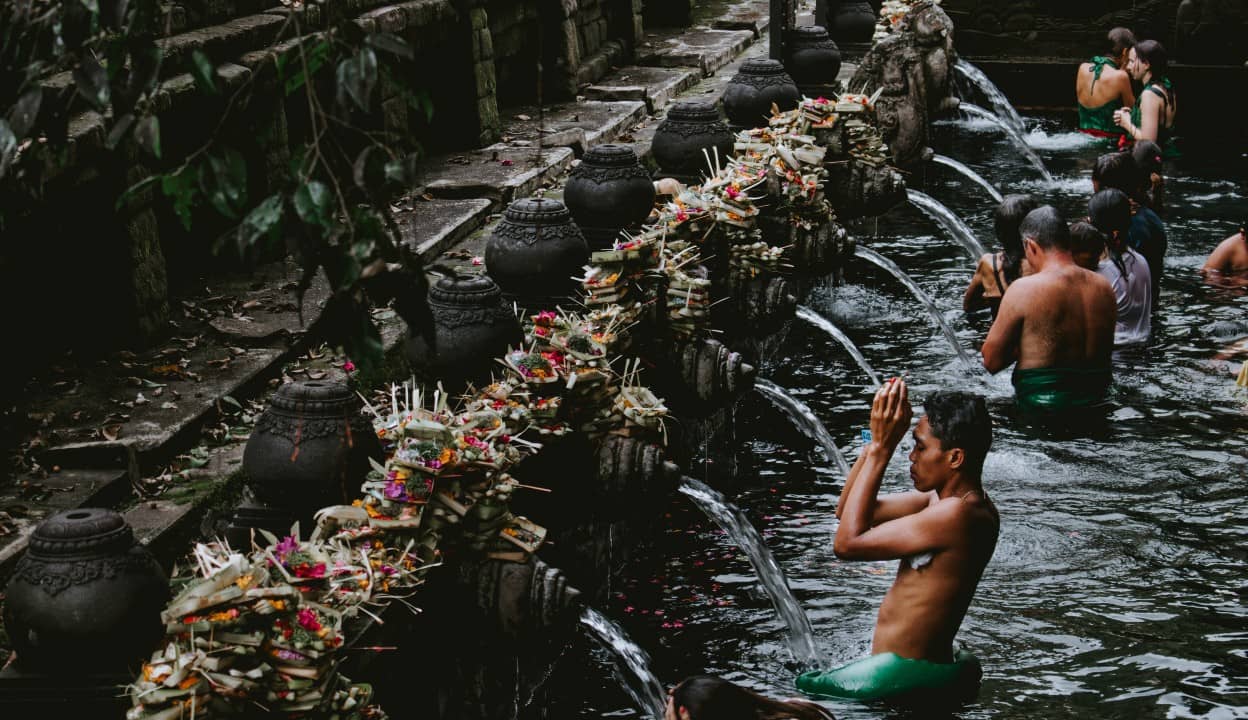Discover the Royal Legacy at Ubud Palace: A Journey into Bali’s Cultural Heart
Info
Ubud Palace, also known as Puri Saren Agung, is a historical royal palace located in the heart of Ubud, Bali, Indonesia. Built in the 19th century, it served as the official residence of the Ubud royal family. The palace is a significant cultural landmark, showcasing traditional Balinese architecture, intricate carvings, and beautifully manicured gardens. Ubud Palace is not just a historical site but also a cultural hub where traditional dance performances and events are held regularly.
Description
Ubud Palace stands as a testament to Bali's regal past and cultural vibrancy. The palace complex is a stunning example of traditional Balinese architecture, characterized by its intricately designed gates, ornate pavilions, and lush, landscaped courtyards. The main courtyard, known as the "Jaba Tengah," greets visitors with towering stone gates adorned with elaborate carvings that depict mythical creatures and Balinese folklore. The palace grounds are filled with intricately crafted statues, traditional bale (pavilions), and lush tropical flora that create a serene and picturesque environment.
One of the most captivating features of Ubud Palace is its nightly traditional dance performances, which take place in the main courtyard. These performances include the renowned Legong Dance, a highly stylized dance characterized by intricate finger movements, complicated footwork, and expressive gestures that tell stories from Balinese mythology. The palace also hosts Barong and Keris Dance performances, which depict the eternal battle between good and evil, showcasing the rich narrative traditions of Bali.
The architectural design of the palace reflects the skill and artistry of Balinese craftsmen, with gold-leaf detailing, hand-carved wooden doors, and rooflines that echo traditional Balinese temple architecture. Visitors can explore various sections of the palace, including the family temple and the royal pavilions, where the royal family still resides in part. These pavilions feature traditional furnishings, Balinese artifacts, and elegant touches that speak to the island’s regal history.
Ubud Palace is not just a historical site but a living part of Bali’s culture. Its role as a venue for cultural activities, including workshops on Balinese arts, crafts, and music, highlights the palace's ongoing commitment to preserving and promoting Balinese heritage. For corporate visitors and business leaders, Ubud Palace offers an enriching experience that blends history, culture, and art, providing a deeper understanding of Bali's traditional values and community spirit.








